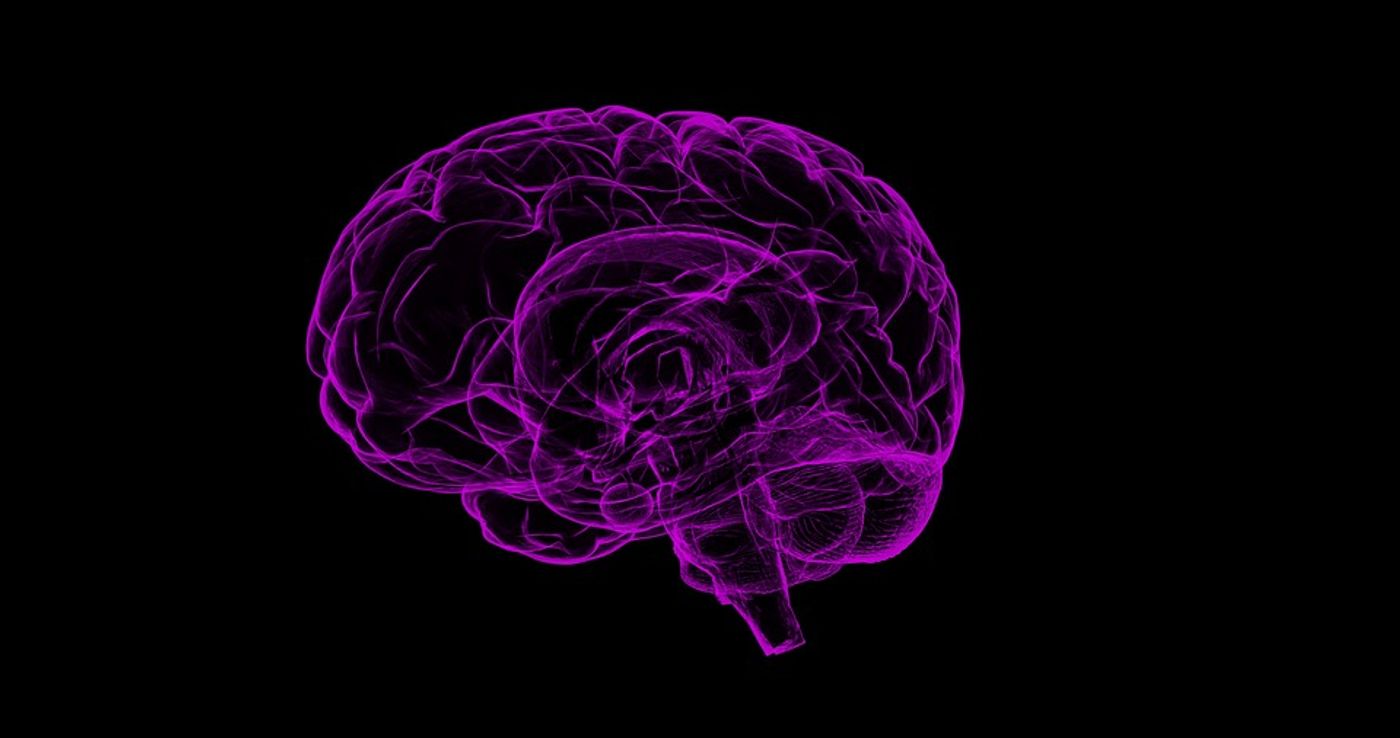Exercise Releases Recently Discovered Hormone That May Protect The Brain
You’ve probably noticed the “feel good“ effect of good work out. We know that this feeling is a result of a post workout “happy chemical” boost. New evidence from a study published in Nature Medicine suggests that exercise may produce another lesser-known hormone that may protect against Alzheimer’s disease.
Although researchers don’t understand why physical activity improves memory. The study suggests it may reduce the risk of Alzheimer’s too.
The hormone in question, recently discovered irisin, is released into the circulation during exercise. Previously, it was that irisin's predominant role was concerning energy metabolism. Newer research suggests that the hormone may also promote growth in the hippocampus. This is significant because the hippocampus is critical for memory and learning.
“This raised the possibility that irisin may help explain why physical activity improves memory and seems to play a protective role in brain disorders,“ said a researcher Arancio from the Federal University of Rio de Janeiro in Brazil.
During their study, Arancio and his team first sought a link between irisin and Alzheimer’s. Using tissue samples, they found that irisin levels are reduced in the hippocampus of Alzheimer’s sufferers.
Next, the team sought to identify what precisely the hormone does to the brain. They experimented with mice and found that synapses and memory weakened in previously healthy mice when irisin was chemically disabled in their brains.
Next, to text how exercise influenced irisin levels, researchers used swimming to induce activity in mice. What they found was that mice who swim regularly for five weeks did not develop memory impairment. Even when given a beta-amyloid, a protein believed to play a role in the development of Alzheimer’s disease the exercising mice performed better.
Chemically blocking irisin completely, illuminated the benefits of swimming in the mice. Mice who had exercised but were then given irisin-blocking substances performed as poorly on tests as did sedentary mice.
Researchers hope to exploit irisin for use as an Alzheimer's therapy someday. The research team responsible for the study is now testing pharmaceuticals. They hope to identify one that either mimics the hormone or causes the body to produce more of it.
Until such pharmaceutical is discovered, researchers recommend being sure to get enough exercise.
It can be difficult to know exactly how much you should be exercising, particularly in the face of newer discoveries like exercise’s protective benefit to the brain. But before we can talk about how much activity, we need to talk about what counts as exercise. There are endless types of exercise available — for example, the swimming done by the mice. There is also walking, cycling, rollerblading, rock climbing, and so much more.
The key to becoming a regular exerciser is finding an activity you enjoy, and starting slowly. Once you found your chosen mode of exercise, the American College of Sports Medicine (ACSM) recommends getting at least 150 minutes of moderate intensity cardio, 75 minutes of vigorous intensity cardio, or some combination of both. For strength training guidelines, experts recommend two more days per week.
The above video, from Henry Ford Health System, provides some tips for beginners to exercise to help them get started.
Sources: Columbia University Irving Medical Center, American College of Sports Medicine












